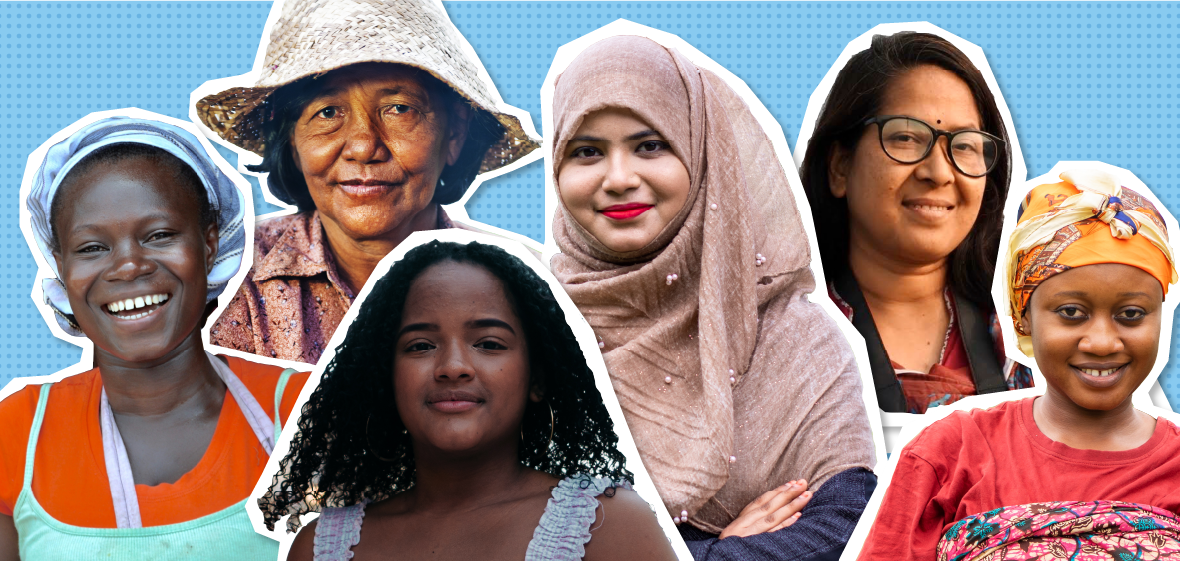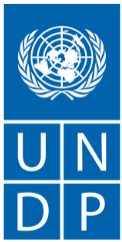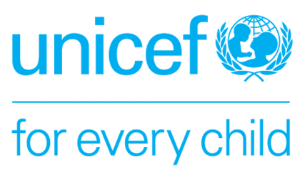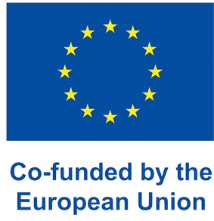In 2015, at the ThirdInternational Conference on Financing for Development in Addis Ababa, the UnitedNations (UN) issued a rallying cry to governments around the world. "It isclear that we have not invested sufficiently in gender equality,” said then UNSecretary-General Ban Ki-moon. With as little as 10% of official developmentassistance targeting women, he called countries to action: “This has to changenow.”
Fast-forward to 2022, and there is significant cause for hope that financingfor gender equality is increasingly entering the mainstream. (If you remain sceptical, read with our story on African innovations in gender-responsive financing.) While nationalbudgets, private sector investment, and domestic and international financialsystems still impact and serve men and women differently, the gap is beginningto close with the help of more responsive financial tools and frameworks thatactively seek to address the gender gap.
So, with #BreakTheBias theoverarching theme of this year’s International Women’s Day celebration, weexplore the links between the Sustainable Development Goals (SDGs) and gender-targetedfinancing, highlighting the reasons why women must have a seat at the table andwhy INFFs are key to tackling existing biases within the policy, planning, andfinancing of sustainable development.














